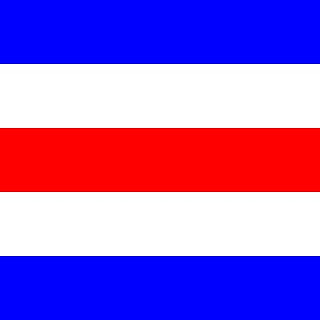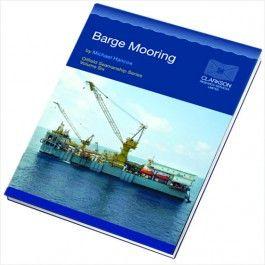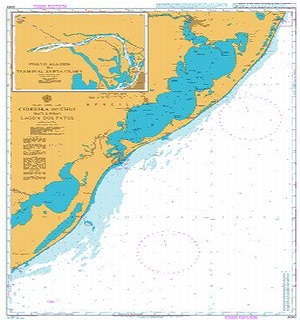Also known as the Administrative law, the Code of Federal Regulations (CFR) is published by the Federal Government of the U.S. in the Federal Register. It is broadly divided into 50 titles that comprise topics like Food and Drug, Postal service, Federal elections and National Defence. If the maritime companies are sailing under the U.S. flag or even if they are operating in U.S. waters, then it is mandatory for them to comply with the U.S. code of federal regulations. The CFRs principal enforcement agency is the U.S. Coast Guard. The annual edition of the CFR is the general and permanent rules codification that is published by the office of the Federal Register and the Government Publishing Office. The Office of the Federal Register is a significant part of the National Archives and Records Administration department.
The CFR 49 encompasses all the different rules and regulations that govern U.S. transportation. Made up of 9 volumes, the CFR 49 has 12 chapters and 1699 parts. The Office of the Secretary of Transport administration is included in volume 1 within sections 1 - 99. Volume 2 and Volume 3 encompasses the administration of the Pipeline and Hazardous Materials Safety and the Department of Transportation. Volume 2 includes parts 100 - 177 of chapter 1 and Volume 3 contains parts 178 - 199 of chapter 1.
The CFR 49 encompasses all the different rules and regulations that govern U.S. transportation. Made up of 9 volumes, the CFR 49 has 12 chapters and 1699 parts. The Office of the Secretary of Transport administration is included in volume 1 within sections 1 - 99. Volume 2 and Volume 3 encompasses the administration of the Pipeline and Hazardous Materials Safety and the Department of Transportation. Volume 2 includes parts 100 - 177 of chapter 1 and Volume 3 contains parts 178 - 199 of chapter 1.

















